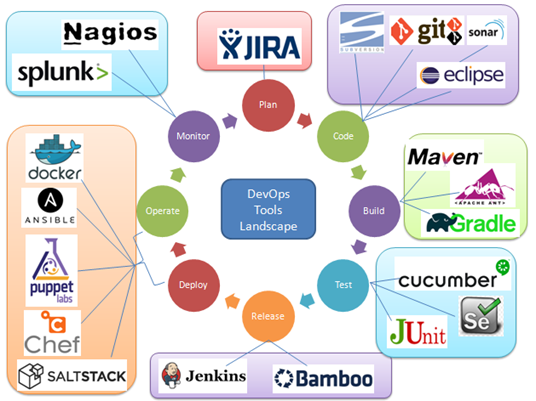Tools are inherent to our jobs, inherent to how we solve the problems we face each day. Our comfort level with the set of tools that are available to us, and our ability to adapt to new tools as they evolve and shape our thoughts and ideas. The availability of collective knowledge within the palm of your hand combined with the collaboration across organization and company boundaries through open source software is dramatically disrupting the status quo of work. Companies mired in managing infrastructure configuration management by hand with unknown numbers of divergent systems, unable to quickly change and respond to market demands will struggle against their counterparts who have managed to contain their complexity on one axis through infrastructure automation. While it is possible to manage servers by hand, or even artisinally crafted shell scripts, a proper configuration management tool is
invaluable especially as your environment and team changes.
Even the best software developers will struggle if they are working in an environment without a version control system in place. Tools matter in that not having them, or using them incorrectly, can destroy the effectiveness of even the most intelligent and empathetic of engineers. The consideration you give to the tools you use in your organization will reflect in the overall organization’s success. You’ll find that what is a good tool for some teams might not be a good one for others. The strength of tools comes from how well they fit the needs of the the people or groups using them. If you don’t need feature X, its presence won’t be a selling point when considering which tool your organization should use. Especially in larger organizations with teams numbering in the dozens, finding one tool that meets the needs of every team will be increasingly difficult. You will have to strike a balance between deciding on one tool that will be used across the entire company consistently and allowing more freedom of choice among individual teams. There are benefits to both the consistency and manageability that comes from having only one tool in use in an organization, and also from allowing teams to pick specific tools that work best for then.
Because DevOps is a cultural shift and collaboration (between development, operations and testing), there is no single “DevOps tool”: it is rather a set (or “DevOps toolchain”), consisting of multiple tools in the Delivery and Deployment pipelines. Generally, DevOps tools fit into one or more of these categories, which is reflective of the software development and delivery process:
- Plan – Planning Tools
- Code — Code development and review, version control tools, code merging;
- Build — Continuous integration tools, build status;
- Test — Test and results determine performance;
- Release — Change management, release approvals, release automation;
- Deploy — Infrastructure configuration and management, Infrastructure–as–Code tools;
- Operate and Monitor — Applications performance monitoring, end–user experience.
Though there are many tools available, certain categories of them are essential in the DevOps toolchain setup for use in an organization.
Tools such as Docker (containerization), Jenkins (continuous integration), Puppet (Infrastructure-as-Code) and Vagrant (virtualization platform)—among many others—are often used and frequently referenced in DevOps tooling discussions. Typical stages in a DevOps toolchain looks like this


